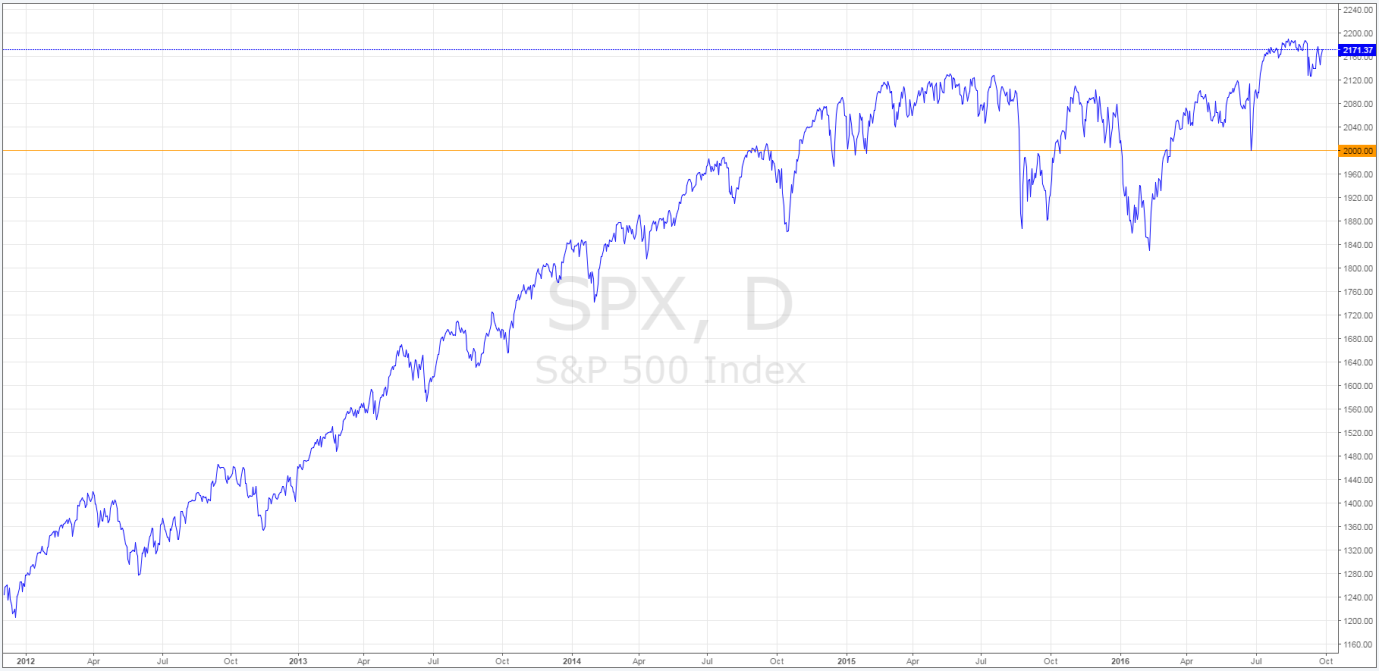Key Points:
- Weaker physical demand could be seen going forward.
- Recent bullishness could be undone by a supply glut.
- Resurgence in equities could increase appetite for risk.
Given its apparent reluctance to move back below the 18.00 handle, many traders are beginning to regain a modicum of confidence in silver. Specifically, for many out there, the metal is considered recovered or recovering and poised to begin tracking higher still. However, taking a closer look at some of the fundamentals that impact silver provides a number of interesting insights which could see prices crumble in the medium to long-term.
Firstly, to understand just why the metal has been recovering over that past few months, one must look to the changes in global supply and demand for silver. As was outlined in this year’s Reuters World Silver Survey, whilst mining production did jump up by around 2%, a 619t decline in scrap silver offset this increased mining activity. On the demand side however, last year saw a 3% uptick in demand for the metal which came largely as a result of increasing growth in the demand for coin and bar investment.
When combined, it is easy to understand why the metal enjoyed a boost in price given the increasing scarcity and heightened demand. However, whether the flow on effects of these shifts in supply and demand will continue remains decidedly less clear cut.
A primary concern for those considering the long-term price of silver should be what exactly has caused the recent surge in demand for the metal and if it can be sustained. As has been mentioned, the sizable majority of the growth in demand has come from coin and bar investment. Presumably, this uptick in investment in what is widely considered a safe haven has been driven by the poor performance of equities over the past year.

As shown above, the S&P 500 spent an appreciable period time in the sub-2000.00 price range which broke what had been a fairly long run of solid growth. Perhaps sensing that a top had been reached or that those equities would remain stagnant moving forward, investors understandably began to gravitate towards silver once again. Coincidentally, the points at which the deepest troughs are seen in the S&P 500 are where we began to see the metal find a bottom and start its short-term recovery.
Going forward, the apparent resurgence in equities should begin to cast doubts on how likely it is that we continue to see demand for silver increase, especially given that most demand growth has come from coin and bar investment. However, one could always argue that, as industrial applications still account for the lion’s share of demand for the metal, a dip in coin and bar investment will have negligible impact. Unfortunately for those making such an argument, last year also saw the recent trend of decreased demand from industrial applications continue noticeably.
In fact, the demand for silver from industrial applications fell by around 4% last year which represents the fifth straight year of declining demand. This comes as little surprise given that two of the world’s largest consumers of the metal, the US and China, have seen their manufacturing sectors move into contractionary territory. As demonstrated below, both Chinese and US Manufacturing PMI results have remained consistently below the key 50.0 mark over the past 12 months. Consequently, it is unlikely that we see demand for silver remain buoyed by industrial applications as we move forward.

A final reason that we should remain sceptical of a long-term recovery in silver prices comes back to the supply side of the equation. Specifically, whilst it has slowed slightly, growth in supply deriving from mining has consistently been seen over the years. As a result of this, without further slips the in supply coming from scrap, this growth in mining activity will surely put downward pressure on silver prices as a supply glut begins to become evident.
Ultimately, silver may very well be able to remain afloat in the near term as uncertainty and fear linger in the market. However, fundamentals are currently heavily biased against any medium to long-term recoveries for the metal. As a result, watch the 18.00 handle closely as, if broken, it could signal that silver is looking to test last year’s lows once again.
